Apple trees are popular fruit trees in many regions, but they are also susceptible to several pests that can cause significant damage to the fruit and the tree itself. In this post, we will discuss some of the most common pests that affect apple trees and provide management strategies to control them. From codling moths to scale insects, this guide will help apple tree growers identify the pests affecting their trees and take effective measures to protect their harvest.
Here are some of the most common apple tree pests and how to manage them:
Codling Moth: Codling moth larvae feed on the fruit, causing damage that reduces its quality and marketability. To manage codling moth, apply a pesticide at petal fall and again 10-14 days later. Additionally, remove and destroy any infested fruit to reduce the population.
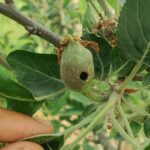
Apple Maggot: The apple maggot lays eggs in the fruit, causing brown streaks and deformed apples. To manage apple maggots, hang red sphere traps in the tree to attract and trap the flies before they lay eggs. You can also use a pesticide spray.

Aphids: Aphids feed on the leaves and new growth, causing distortion and stunting. To manage aphids, spray the tree with a blast of water to dislodge them or apply insecticidal soap or oil.
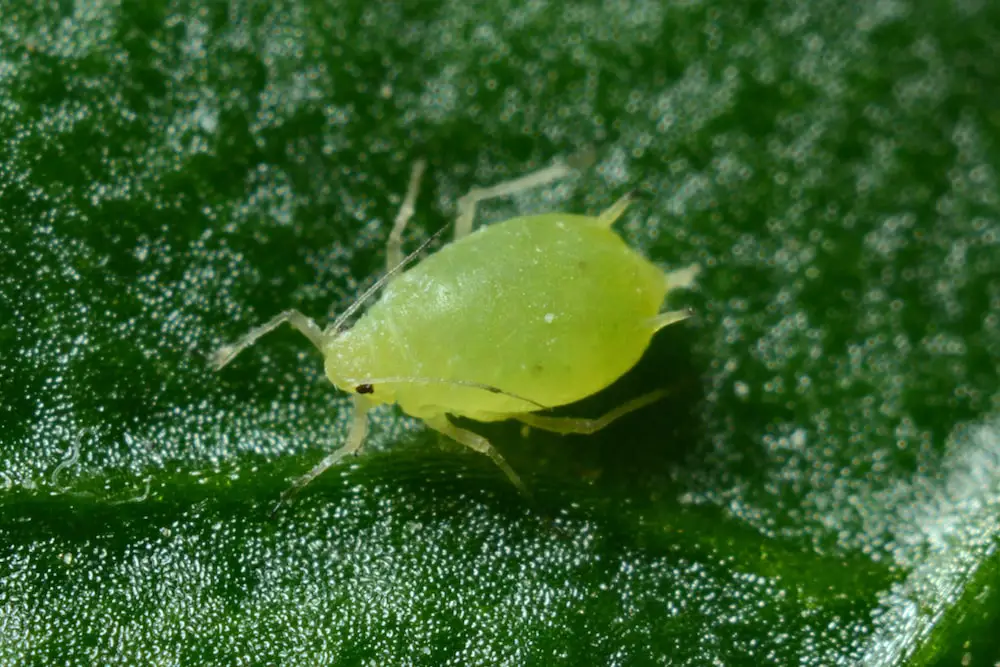
Spider Mites: Spider mites suck sap from the leaves, causing yellowing and bronzing. To manage spider mites, apply a miticide spray, or introduce natural predators like ladybugs.

Tent Caterpillars: Tent caterpillars can defoliate the tree, causing reduced growth and fruit production. To manage tent caterpillars, prune and destroy any egg masses you find, or spray the tree with a pesticide.

Japanese Beetles: Japanese beetles feed on the leaves and fruit, causing skeletonized leaves and damaged fruit. To manage Japanese beetles, handpick them from the tree, or spray them with a pesticide.
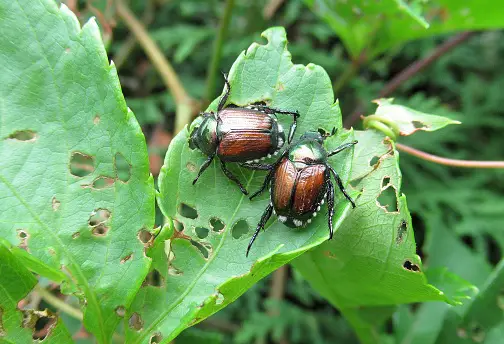
Scale Insects: Scale insects suck sap from the tree, causing yellowing and stunting. To manage scale insects, apply an insecticidal soap or oil spray, or introduce natural predators like ladybugs.
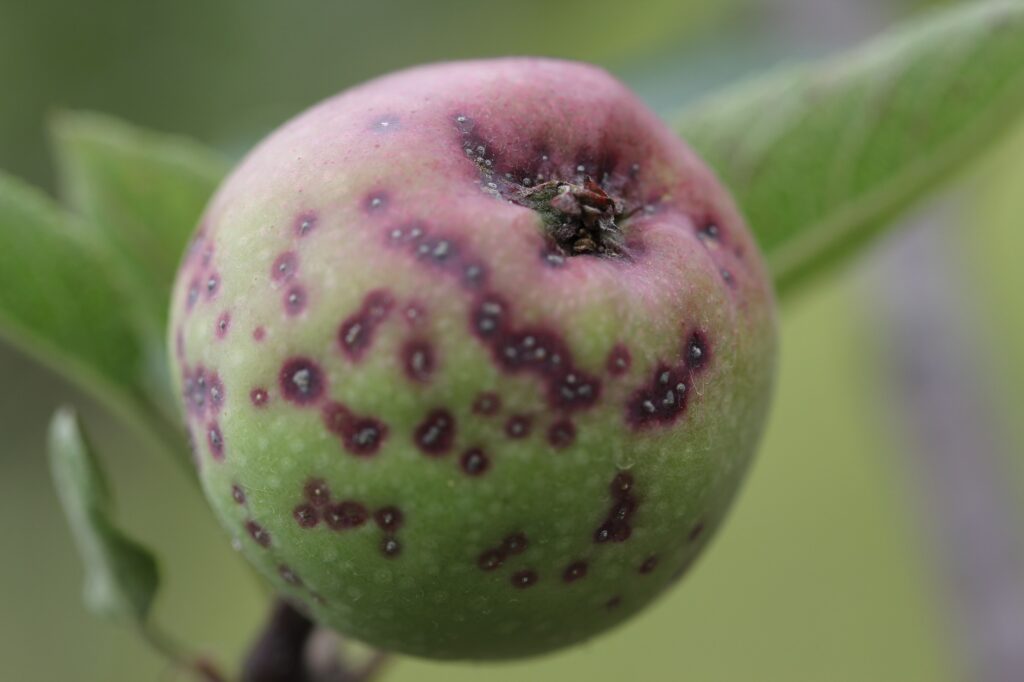
It’s important to identify the pest affecting your apple tree correctly to select the appropriate management strategy. You can consult with a local nursery or extension office for guidance on the best crop management practices for your specific area.
Symptoms of Apple Tree Pest Infestations
Leaf damage

Fruit damage

Bark damage

Preventative Measures for Apple Tree Pests
Good Sanitation
Rake up fallen leaves and fruit to prevent overwintering pests from taking root
Cover Crops
Plant cover crops to improve soil health and attract beneficial insects.
Trapping
Use traps to monitor or control pest populations.
Organic Methods to Control Apple Tree Pests
Attract Beneficial Insects
Lure ladybugs, lacewings, and other predators to your apple tree with pollen and nectar-rich flowers.
Physical Barriers
Use netting or protective sleeves to prevent pests from reaching the fruit.
Soap Sprays
Make a soap and water solution to suffocate aphids and spider mites.
Chemical Methods to Control Apple Tree Pests
Insecticides
Use sprays or granules to control pest populations, but carefully follow instructions to avoid harming beneficial insects and pollinators.
Fungicides
Apply sprays or dust to prevent fungal diseases that attract pests.
Hormone Lures
Use pheromone traps to attract male codling moths and prevent them from mating.
Treatment of Apple Tree Pests During the Dormant Season
Oil Sprays
Apply dormant oil sprays to apple trees during winter to smother overwintering pests and their eggs.
Copper Sprays
Use copper fungicides during winter to kill fungal spores that cause diseases like apple scabs.
Lime-Sulphur Sprays
Apply lime-sulfur sprays to apple trees during winter to prevent fungal growth and kill overwintering insects.
Maintenance Practices to Prevent Apple Tree Pest Infestations
Watering
Water your apple tree deeply and infrequently to promote healthy root growth and prevent stress.

Mulching
Add a layer of compost or wood chips around the apple tree to retain moisture and improve soil quality.
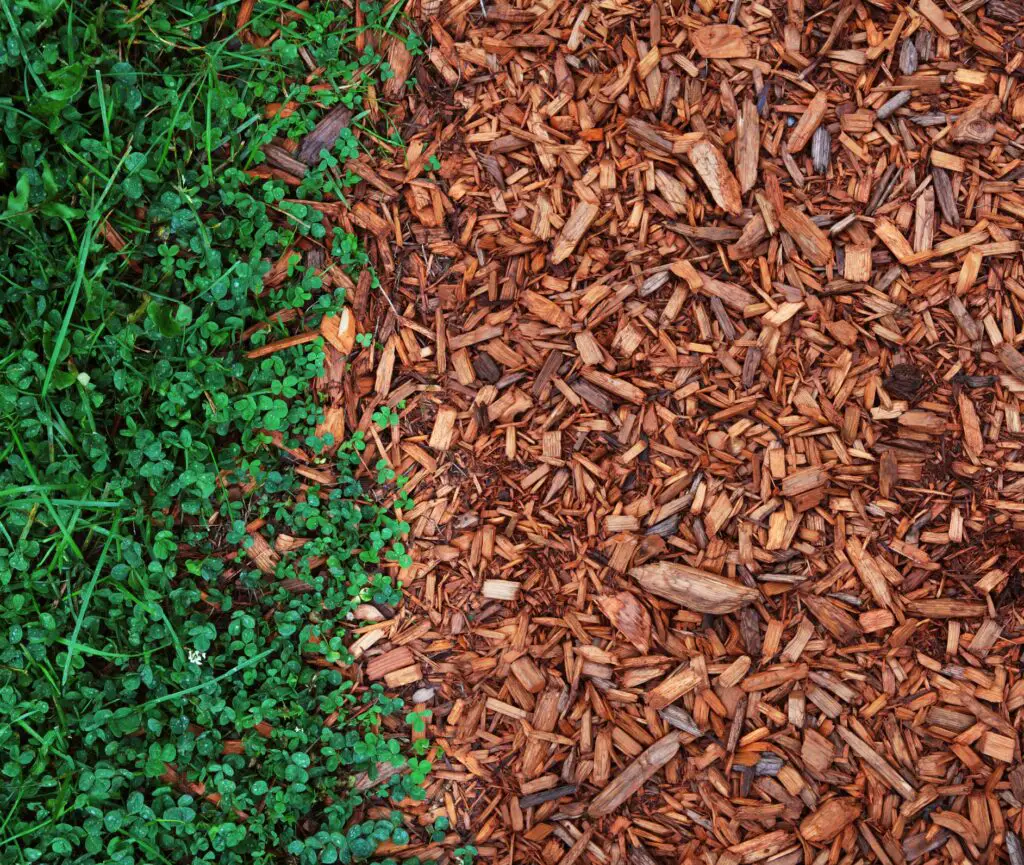
Pruning
Remove suckers, water sprouts, and dead wood to reduce hiding places for pests.
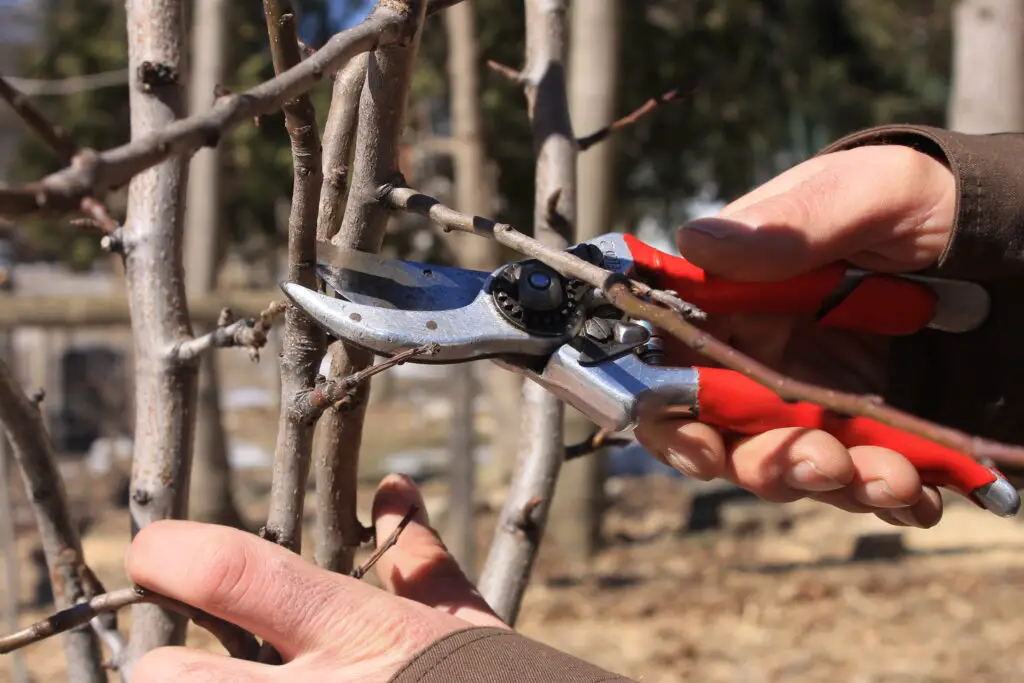
Conclusion
The post provides an overview of common pests that affect apple trees.
It also offers management strategies for each pest, such as using pesticides, introducing natural predators, or physically removing infested fruit or eggs.
It emphasizes the importance of correctly identifying the pest to choose the most effective management approach and suggests consulting with local experts for guidance.

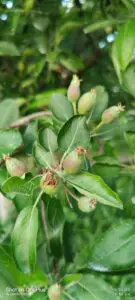
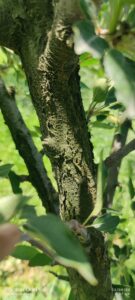
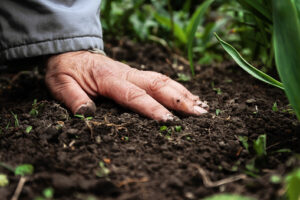
Pingback: How to setup Healthy and Productive Apple Orchard - The Orchard Master
Pingback: The Role of Fruit Thinning in Apple Tree Orchards - The Orchard Master
Pingback: Different Types of Apple Rootstocks: Choosing the Right One - <strong>Pajam (P) series</strong>
Pingback: How to Tackle Leaf Miner Infestations in Kashmir’s Apple Orchards - The Orchard Master
Pingback: How to manage Russeting in Apple Trees - The Orchard Master
Pingback: The Important Role of Weather in Apple Management - The Orchard Master
Pingback: What Are the Most Common Pesticides Used in Agriculture? - The Orchard Master
Pingback: How Apple Production Benefits People and the Planet - The Orchard Master